The Yew-some Truth - Unraveling the Myth of 'Pluck Yew'
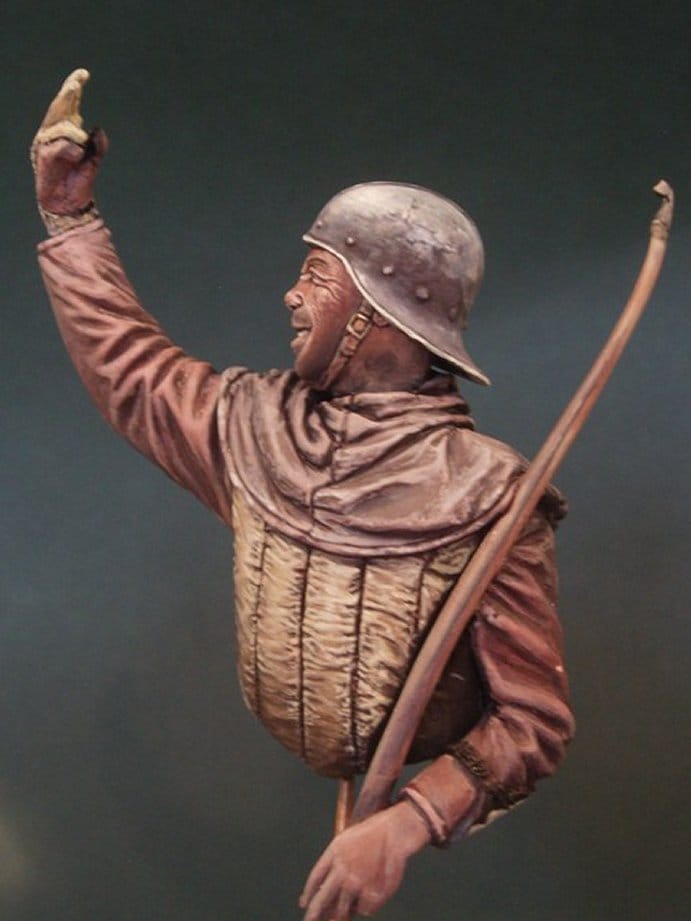
The Origins of 'Pluck Yew'
The phrase 'pluck yew' has a rich historical origin that dates back to the medieval era, specifically related to the iconic English longbow. This simple phrase holds a significant place in the history of English archery and warfare.
Uncovering the Roots of 'Pluck Yew'
The English longbow was a formidable weapon made from the native English yew tree (Taxus baccata). The yew tree's unique combination of strength, flexibility, and durability made it an ideal material for crafting longbows. The process of drawing the longbow was known as 'plucking yew', which referred to the action of plucking the string, much like plucking a harp string.
The Significance of Yew in Longbow Craftsmanship
The yew tree played a crucial role in the construction of longbows. The heartwood of the yew tree was used for the inner part of the bow, while the sapwood was used for the outer part. This combination created a powerful and resilient bow. The phrase 'pluck yew' became synonymous with the art of archery and the skill of wielding the English longbow.
The Myth of the Middle Finger
The notion that the middle finger gesture originated from the English mocking the French by waving their middle fingers, saying "See, we can still pluck yew!" has been a long-standing tale. This phrase was supposedly a reference to the English archers' ability to still use their middle fingers to pluck the strings of their yew bows, despite the French cutting off the fingers of captured archers to disable them.
Debunking the Myth
However, this origin story has been thoroughly debunked as a myth. Historians and linguists have found no credible evidence to support this claim. In fact, the middle finger gesture has been in use for centuries, long before the English and French conflict. The gesture's true origins remain unclear, but it's evident that the "pluck yew" story is nothing more than a baseless legend.
Uncovering the Truth
So, where did this myth come from? It's possible that the story was fabricated to add a layer of historical significance to a gesture often considered vulgar. Regardless, it's essential to separate fact from fiction and give credit where credit is due. The middle finger gesture's true history may never be fully known, but one thing is certain – it didn't originate from a clever English insult.
Debunking the Myth
The notion that the phrase "pluck yew" is connected to the middle finger gesture has been a long-standing myth. However, fact-checking websites like Snopes have thoroughly debunked this claim, revealing the true origins of the gesture.
The Facts Behind the Myth
Contrary to popular belief, the middle finger gesture has its roots in ancient Greece and Rome, long before the phrase "pluck yew" was ever uttered. This gesture was used to signify disdain, disrespect, or even as a form of protection against evil spirits.
Ancient Origins
The middle finger gesture has been depicted in ancient Greek and Roman art and literature, further solidifying its origins. The gesture was often used to express contempt or to ward off evil, and its meaning has been well-documented throughout history.
The Truth About "Pluck Yew"
So, where did the phrase "pluck yew" come from? The answer lies in medieval England, where yew was a common tree used for making bows. The phrase likely originated as a command to archers to ready their bows, with no connection to the middle finger gesture whatsoever.
The True Story of the Longbow
The English longbow, a formidable weapon of medieval warfare, has a rich history intertwined with the native English yew tree. This iconic bow, renowned for its impressive range and accuracy, was crafted from the resilient wood of the yew, a tree revered for its strength and durability.
The Yew Tree: A Symbol of Resilience
The English yew, with its distinctive red berries and dark green foliage, has stood the test of time, enduring through the ages with a resilience that mirrored the determination of the English people. Its wood, prized for its elasticity and strength, proved the ideal material for crafting the longbow, an instrument of war that would become synonymous with English military prowess.
The Art of Drawing the Longbow
Mastering the longbow required a unique blend of skill, strength, and technique. Archers would draw the bowstring back to their anchor point, utilizing their middle finger to guide the string and generate the necessary tension. This digit, often overlooked in modern times, played a vital role in the English archer's arsenal, making it an essential component of their craft.
The emphasis on the middle finger highlights the meticulous attention to detail and dedication required to wield the longbow effectively. This nuanced aspect of archery underscores the complexity and sophistication of medieval warfare, where the subtlest details could prove decisive on the battlefield.
Conclusion
The age-old adage 'pluck yew' has been a topic of fascination for many, with its supposed connection to the middle finger and the longbow. However, as we've delved into the etymology and history behind this phrase, it's become clear that the truth is far more complex and intriguing.
A Fascinating Example of Folklore and Etymology
While the 'pluck yew' myth has been debunked, it remains a fascinating example of folklore and etymology. The way a simple phrase can evolve and take on a life of its own is a testament to the power of language and the human imagination. Despite being rooted in misinformation, the phrase has become an integral part of our shared cultural heritage, symbolizing rebellion and defiance.
A Testament to the Rich History of the English Language
The true story of the longbow and its connection to the middle finger is a testament to the rich history of the English language. From the battlefields of medieval England to the modern-day gestures of disdain, the journey of the longbow and its associated phrases is a captivating one. It highlights the complex interplay between language, culture, and history, and how they shape and influence one another.


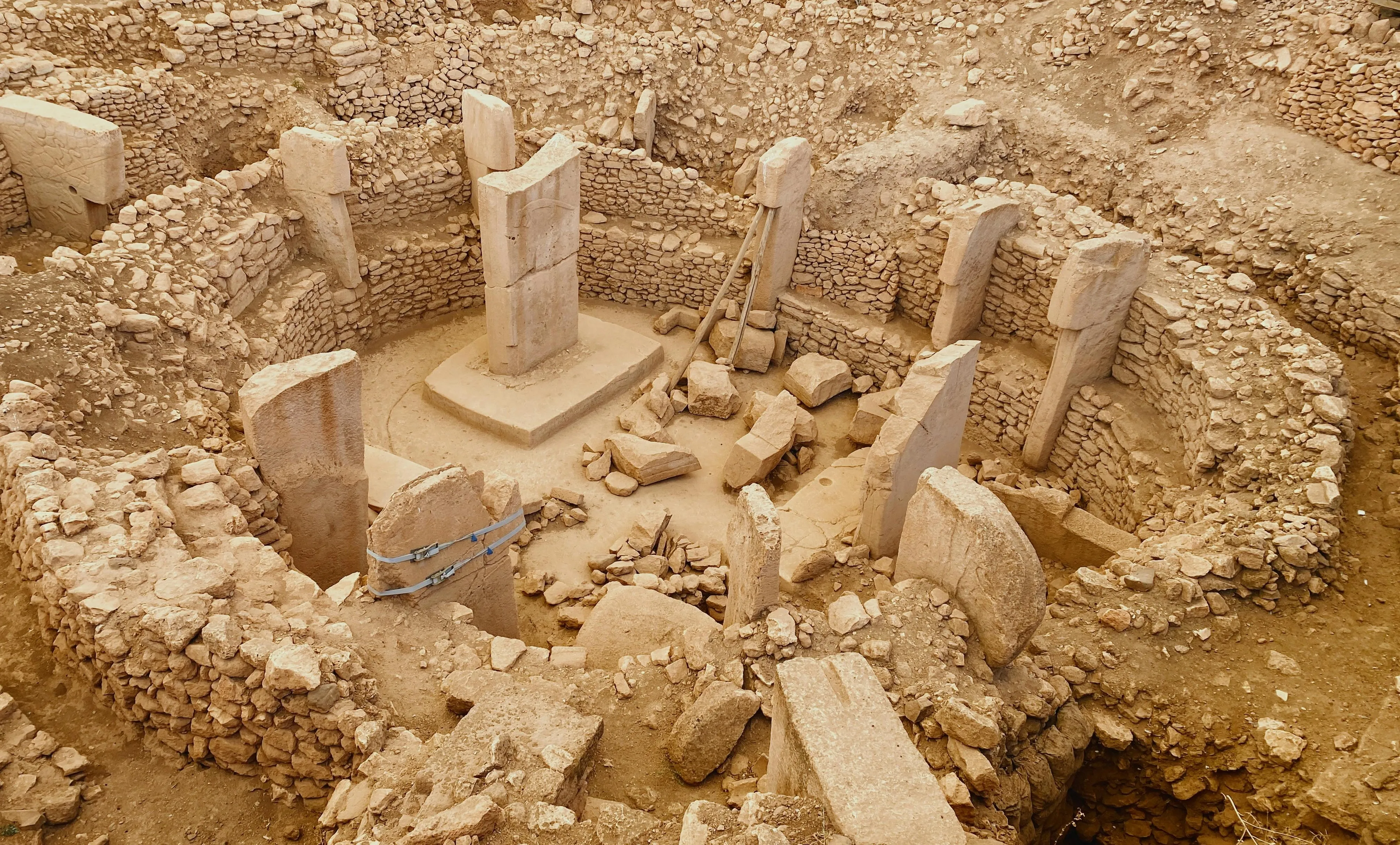
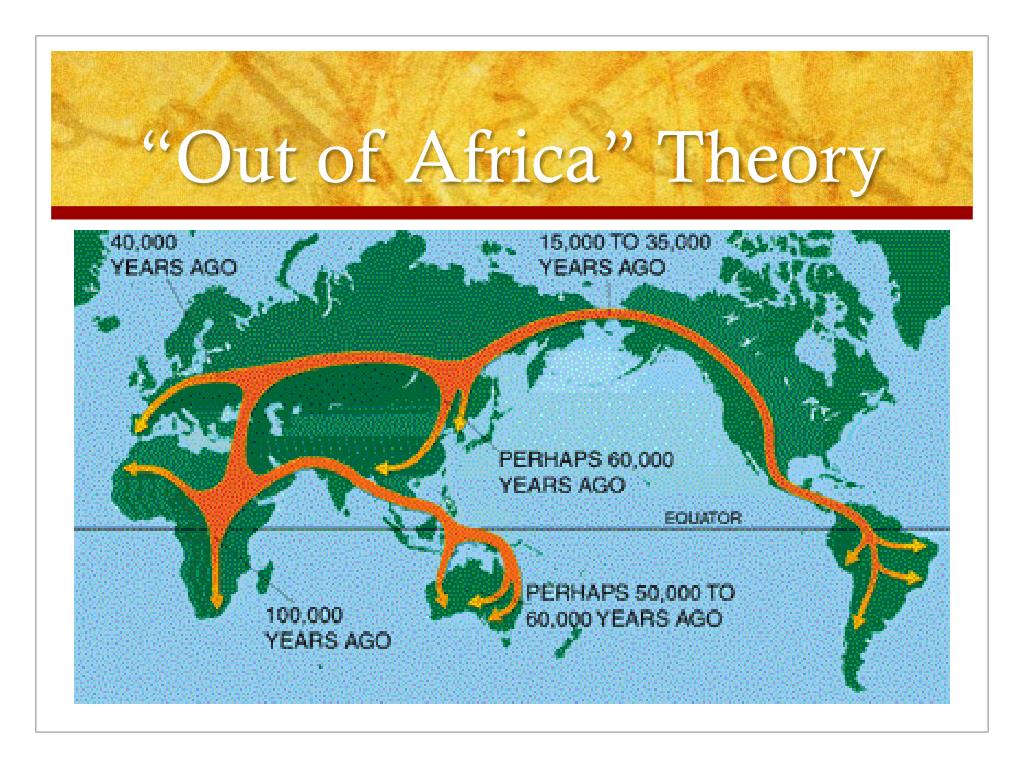


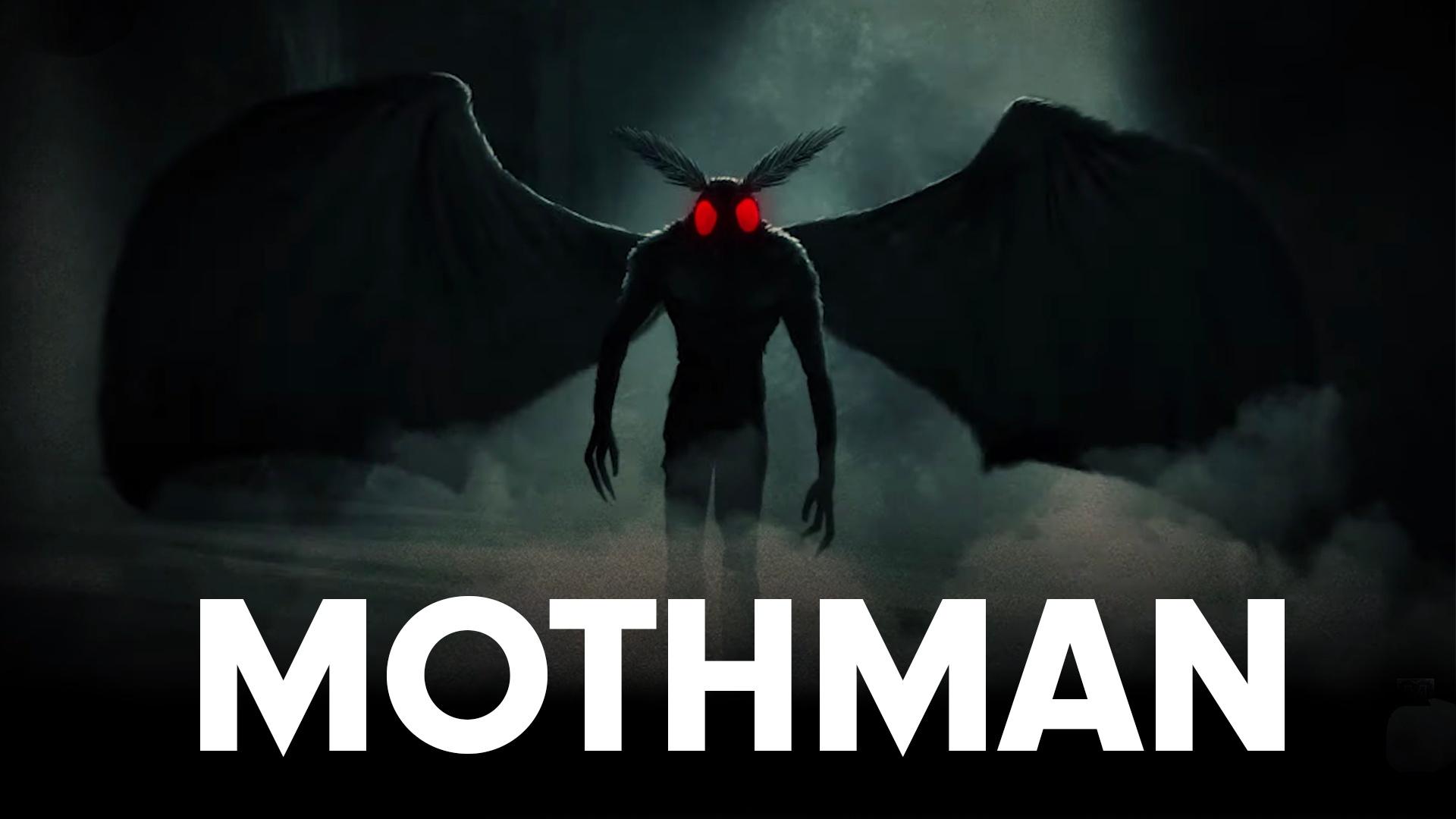
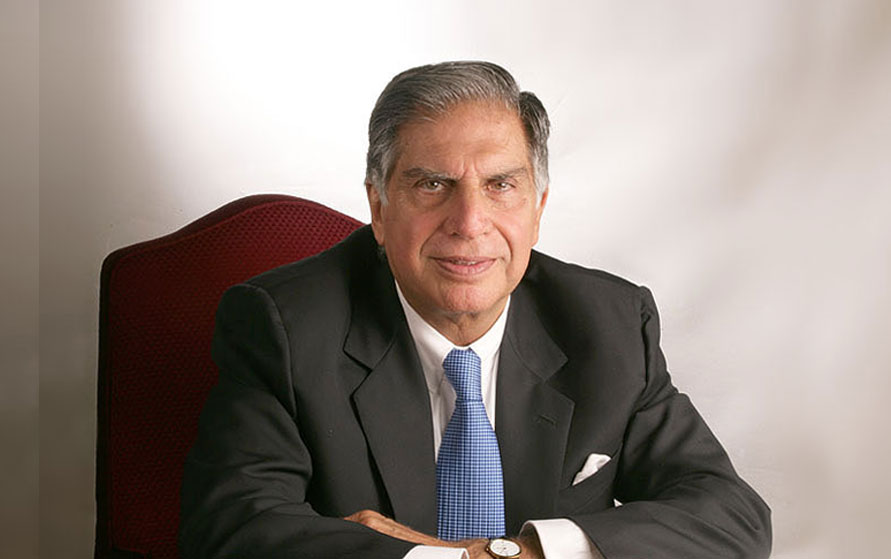









Comments ()